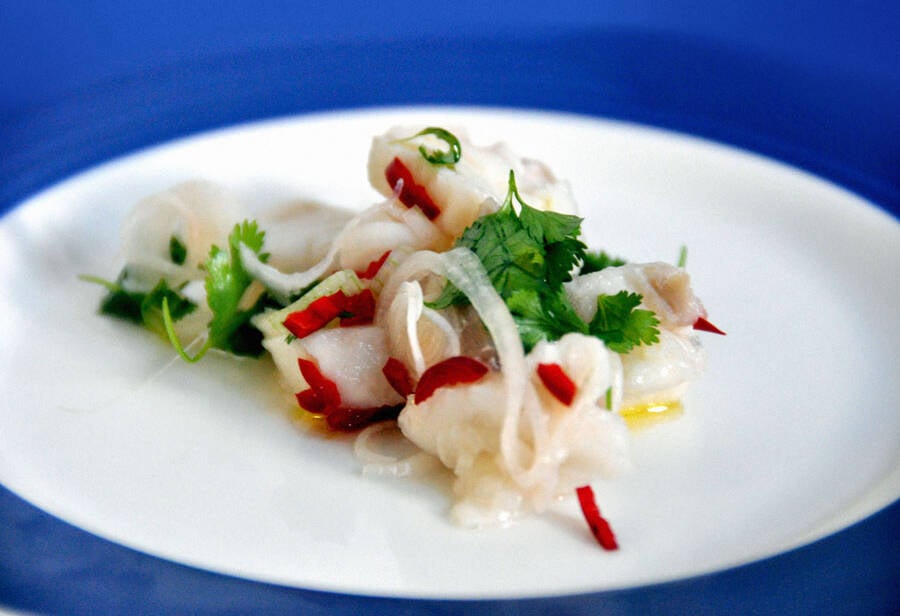
Washington
UNITED STATES
Amsterdam
THE NETHERLANDS
Lima
PERU
Copenhagen
NORDICS
Bangkok



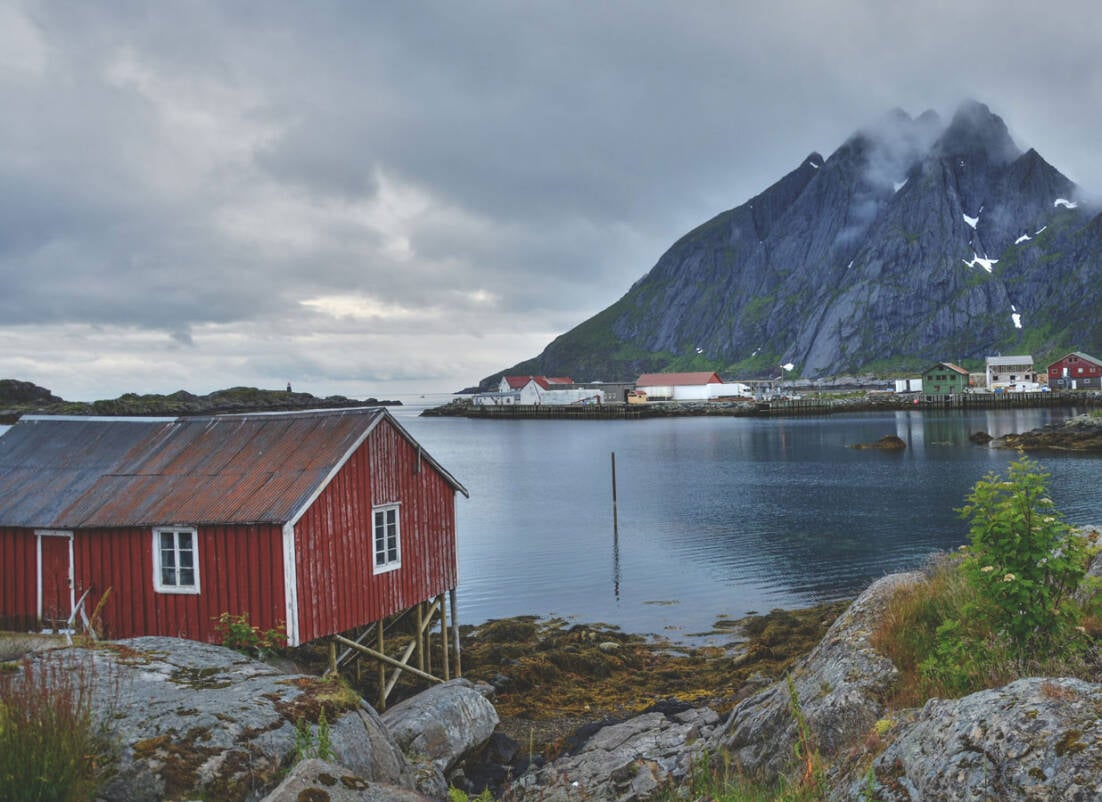

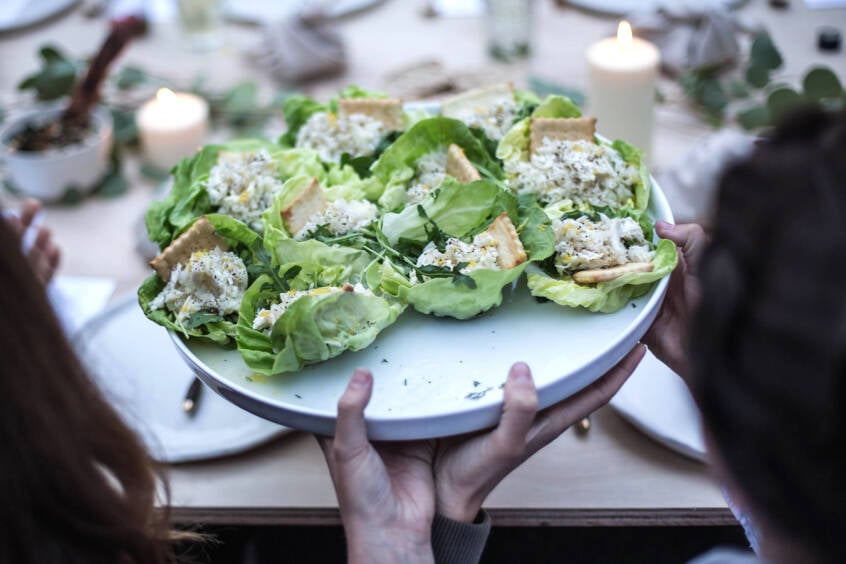

Unlike most other countries, the United States isn’t trying to project a unified cuisine to the rest of the world. Instead, the US is putting the spotlights on the many varied regional cuisines and their unique characteristics. Texas barbecue, Louisiana Cajun, or classic Californian fusion are all equally noteworthy.
To expand on this effort the US launched the Culinary Diplomacy Partnership Initiative in 2012. Through it, the American Chef Corps of over 80 chefs travels to embassies and diplomatic events around the world to illuminate the intricacies of American cooking to dignitaries everywhere.

In recent years, a group of Dutch chefs have started the Dutch Cuisine movement with the dual hopes of promoting the country’s cuisine and encouraging people to eat healthier.
Central to the movement is the 80-20 principle. Dutch Cuisine chefs try to use 80% vegetables and only 20% meat or fish, as well as 80% seasonal and local ingredients. The Dutch Cuisine manifesto is still gaining traction, and several culinary schools have teamed up with the movement to begin teaching its principles to aspiring chefs.


Peru has been running the ‘Perú Mucho Gusto’ initiative. With the double meaning of ‘Peru, nice to meet you’, as well as ‘Peru, full of flavor’, it has succesfully turned Peruvian cuisine into a global powerhouse, even winning the World Travel Award for best culinary destination 2016.
Chef Virgilio Martínez’ restaurant Central has been near the top of the World’s 50 Best Restaurants for a while now (5th place in 2017), partly due to how it evokes every aspect of Peru through its dishes. Crown jewel of the movement is festival Mistura, drawing nearly half a million people a year, alongside world famous chef like René Redzepi, Alain Ducasse, and Ferran Adriá.
THAILAND

Thailand was an early adopter of gastrodiplomatic principles. In 2002 they started the ‘Global Thai’ campaign in order to spread Thai food around the world. The Thai government isn’t just trying to draw tourists, however. They are also trying to create new economic opportunities for Thai chefs and producers.
Nowadays, Thai restaurants around the world can apply for an official government endorsement. The criteria are strict: The restaurant has to have existed for over a year, be open at least five days a week, employ a Thai chef from a Thai culinary school, use ingredients from Thailand itself, and serve at least six authentically Thai dishes.

Since its inception in 2004, The New Nordic Food movement has become a dominant influence on global haute cuisine. Poster boy for the movement is René Redzepi, whose restaurant NoMa was one of the top restaurants in the world for years running. At the annual MAD food festival the Nordic chefs gather some of the greatest culinary minds alive to discuss the future of food and gastronomy, centered around Scandinavian cooking.
Nordic chefs entering world renowned cooking competitions like the Bocuse d’or are provided extensive training facilities as well as a respectable salary by the government in order to make the world aware of the culinary quality the Nordic countries offer.
TEXT: JELLE STEENBERGEN & FRANK LINDNER | DESIGN: JODY GEURTS
Food tourism is big. For a new generation of travellers food is one of the most important factors in choosing a destination, and countries around the world are taking note. Through gastrodiplomacy they utilize the universal values of food to promote their cultural heritage.
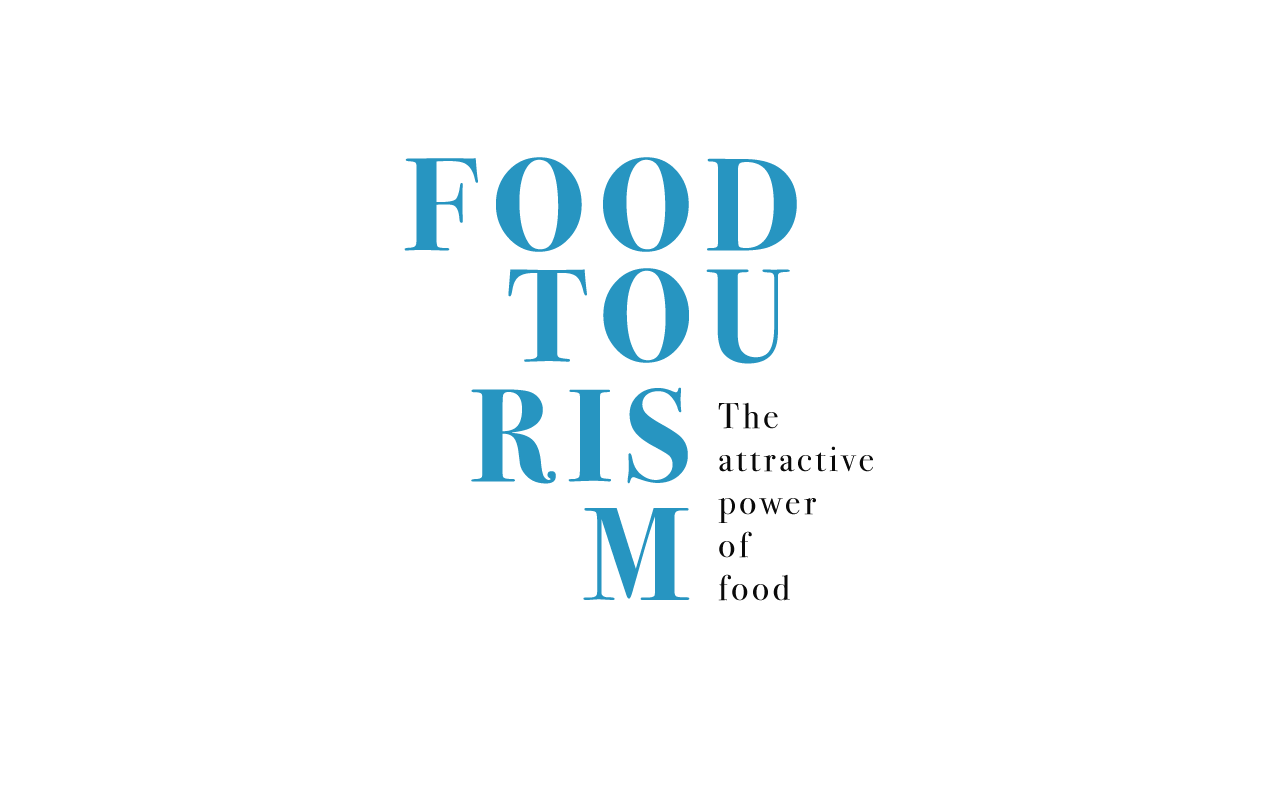





SHARE THIS PAGE!

Washington
UNITED STATES
Amsterdam
THE NETHERLANDS
Lima
PERU
Copenhagen
NORDICS
Bangkok
THAILAND

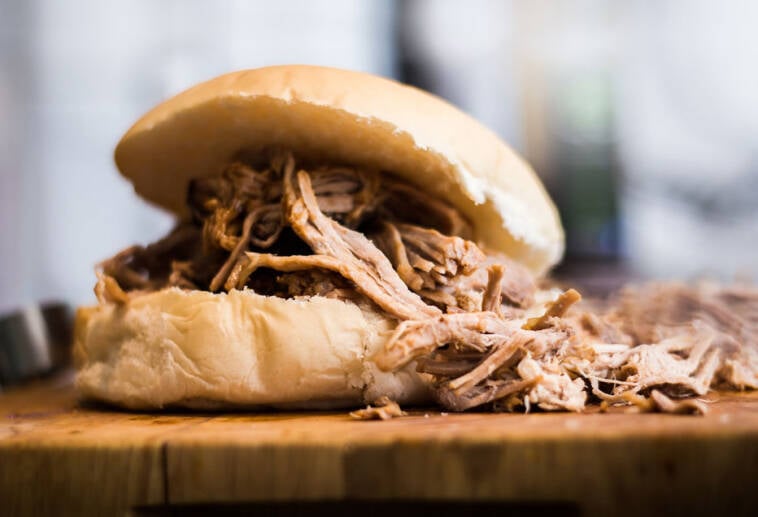
Unlike most other countries, the United States isn’t trying to project a unified cuisine to the rest of the world. Instead, the US is putting the spotlights on the many varied regional cuisines and their unique characteristics. Texas barbecue, Louisiana Cajun, or classic Californian fusion are all equally noteworthy.
To expand on this effort the US launched the Culinary Diplomacy Partnership Initiative in 2012. Through it, the American Chef Corps of over 80 chefs travels to embassies and diplomatic events around the world to illuminate the intricacies of American cooking to dignitaries everywhere.
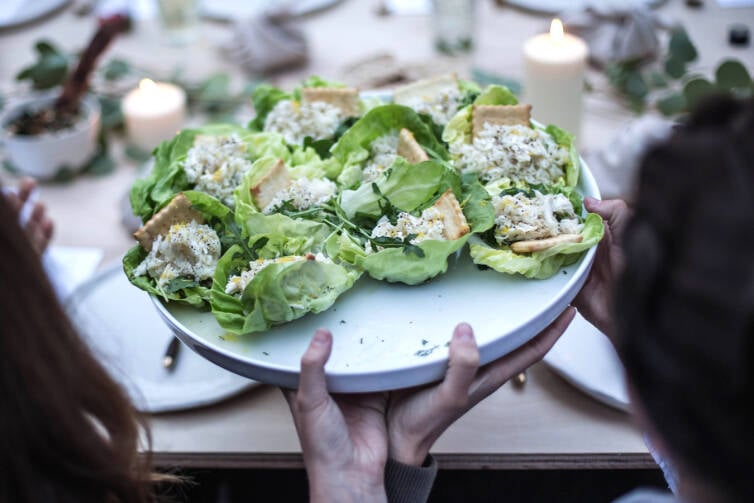
In recent years, a group of Dutch chefs have started the Dutch Cuisine movement with the dual hopes of promoting the country’s cuisine and encouraging people to eat healthier.
Central to the movement is the 80-20 principle. Dutch Cuisine chefs try to use 80% vegetables and only 20% meat or fish, as well as 80% seasonal and local ingredients. The Dutch Cuisine manifesto is still gaining traction, and several culinary schools have teamed up with the movement to begin teaching its principles to aspiring chefs.


Peru has been running the ‘Perú Mucho Gusto’ initiative. With the double meaning of ‘Peru, nice to meet you’, as well as ‘Peru, full of flavor’, it has succesfully turned Peruvian cuisine into a global powerhouse, even winning the World Travel Award for best culinary destination 2016.
Chef Virgilio Martínez’ restaurant Central has been near the top of the World’s 50 Best Restaurants for a while now (5th place in 2017), partly due to how it evokes every aspect of Peru through its dishes. Crown jewel of the movement is festival Mistura, drawing nearly half a million people a year, alongside world famous chef like René Redzepi, Alain Ducasse, and Ferran Adriá.


Since its inception in 2004, The New Nordic Food movement has become a dominant influence on global haute cuisine. Poster boy for the movement is René Redzepi, whose restaurant NoMa was one of the top restaurants in the world for years running. At the annual MAD food festival the Nordic chefs gather some of the greatest culinary minds alive to discuss the future of food and gastronomy, centered around Scandinavian cooking.
Nordic chefs entering world renowned cooking competitions like the Bocuse d’or are provided extensive training facilities as well as a respectable salary by the government in order to make the world aware of the culinary quality the Nordic countries offer.


Thailand was an early adopter of gastrodiplomatic principles. In 2002 they started the ‘Global Thai’ campaign in order to spread Thai food around the world. The Thai government isn’t just trying to draw tourists, however. They are also trying to create new economic opportunities for Thai chefs and producers.
Nowadays, Thai restaurants around the world can apply for an official government endorsement. The criteria are strict: The restaurant has to have existed for over a year, be open at least five days a week, employ a Thai chef from a Thai culinary school, use ingredients from Thailand itself, and serve at least six authentically Thai dishes.

TEXT: JELLE STEENBERGEN & FRANK LINDNER | DESIGN: JODY GEURTS
Food tourism is big. For a new generation of travellers food is one of the most important factors in choosing a destination, and countries around the world are taking note. Through gastrodiplomacy they utilize the universal values of food to promote their cultural heritage.

